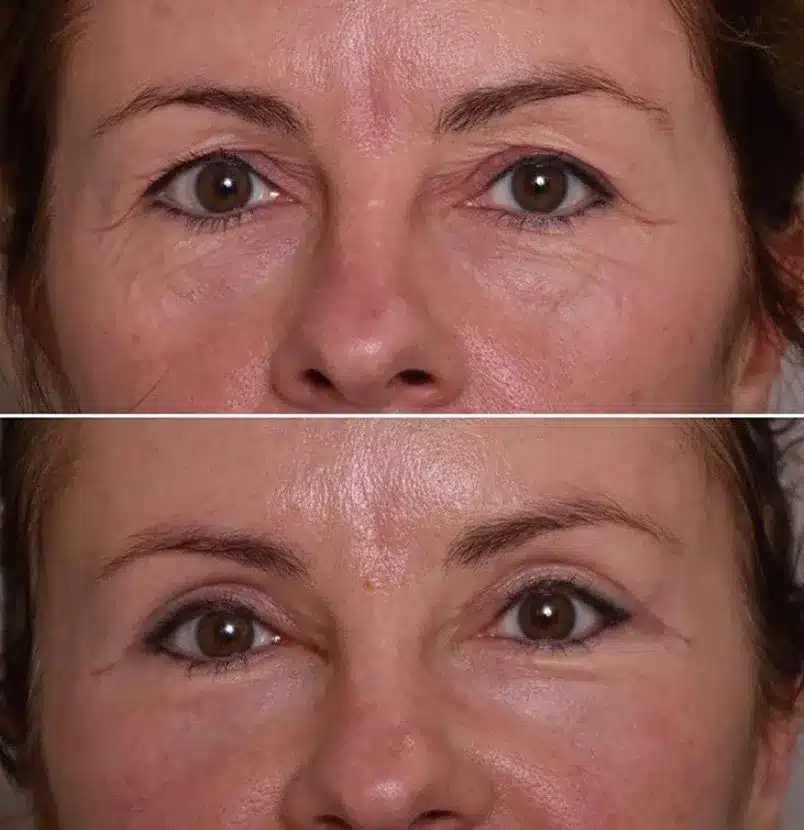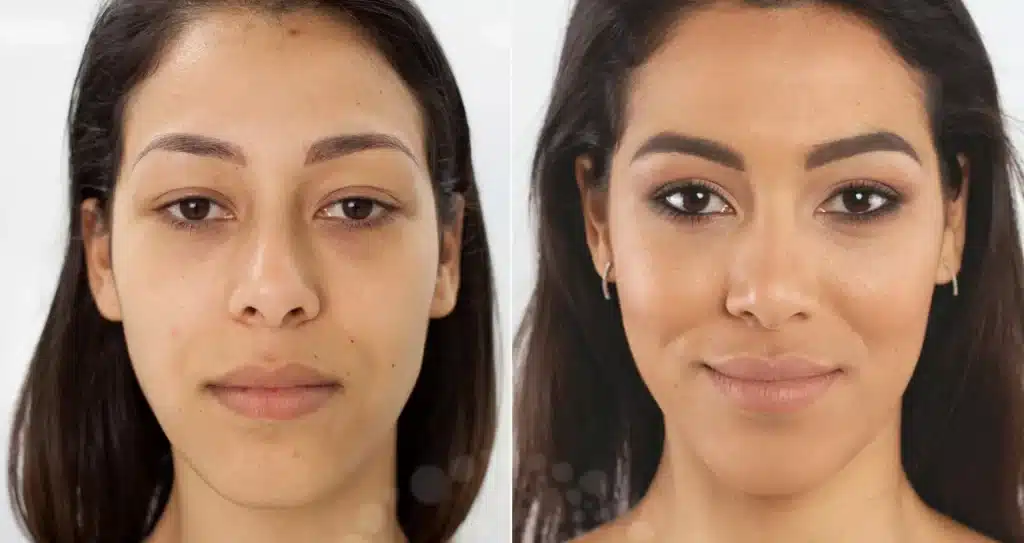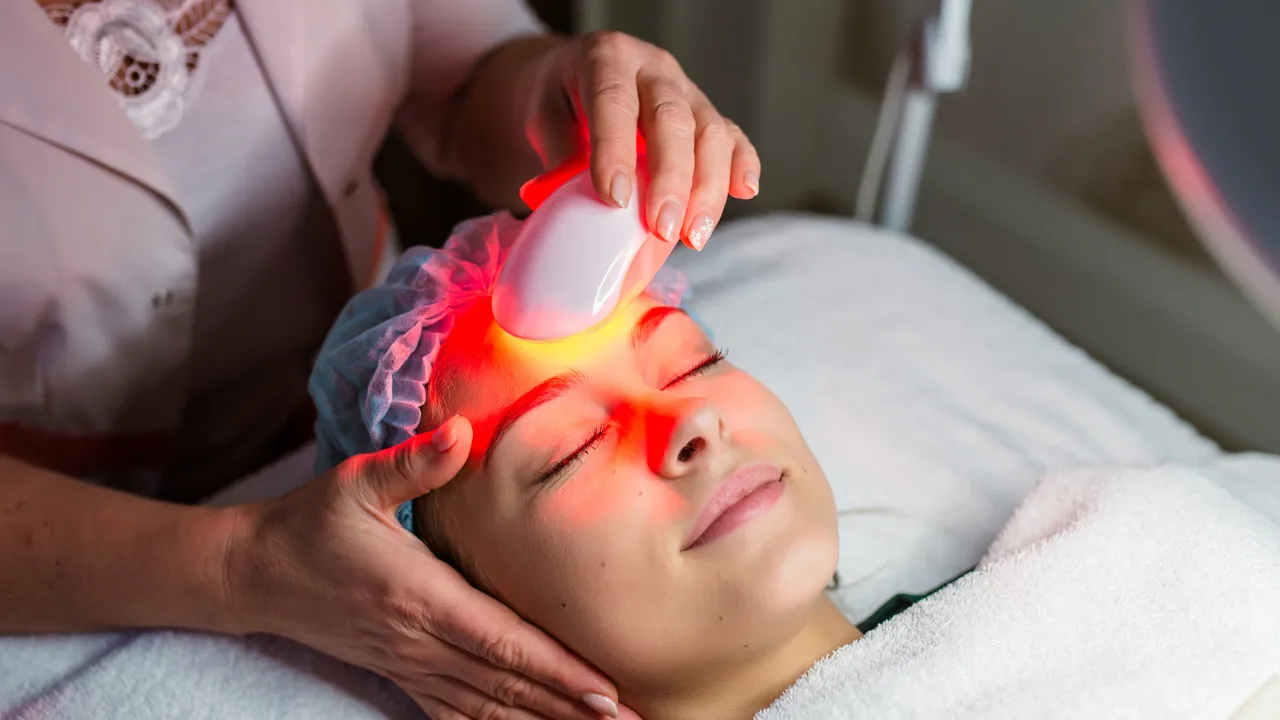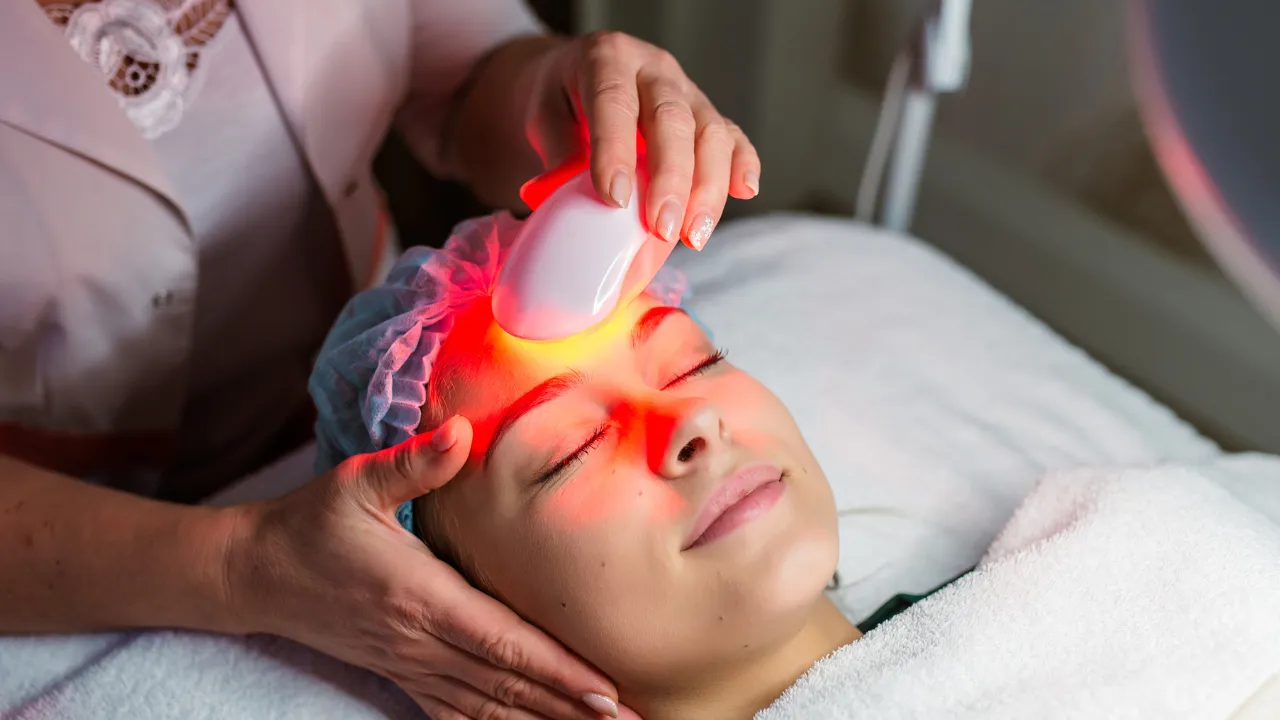Laser eyelid surgery, or laser blepharoplasty, offers a precise, minimally invasive way to enhance the eyelids. This article explains the differences between traditional and laser techniques, discusses faster recovery and reduced scarring, and explores non-surgical options like laser eyelid treatments. We’ll also cover what to expect during recovery and how to choose the best approach for your needs.
Table of Contents
ToggleWhat is Blepharoplasty?
Laser blepharoplasty eyelid surgery is a precise, minimally invasive procedure that uses laser technology to remove excess skin, fat, or muscle from the eyelids. This enhances the appearance of the eyes and helps with drooping eyelids or under-eye bags.
People often choose laser eye surgery to remove bags for several reasons. These include improving vision when droopy eyelids block sight. It can also help reduce puffiness and wrinkles around the eyes.
Many seek this surgery to look younger. This procedure can be tailored to individual needs for both aesthetic and functional improvements.
Traditional Blepharoplasty
Traditional blepharoplasty is a surgical procedure that removes excess skin, fat, and muscle from the eyelids. It involves making incisions along the natural folds of the eyelids to minimize visible scarring, followed by removing or repositioning tissue.
Benefits and risks
The benefits include improved vision (if sagging eyelids obstruct sight), a more youthful appearance, and long-lasting results. However, like any surgery, it carries risks such as scarring, infection, bruising, and longer recovery times compared to laser procedures.
Laser Blepharoplasty: A Modern Approach
Laser blepharoplasty uses laser technology to make precise incisions on the eyelids, minimizing tissue damage. The laser seals blood vessels as it cuts, reducing bleeding and swelling during surgery.
Benefits of laser bleph
This procedure offers faster recovery times, less bruising, and minimal scarring compared to traditional methods. It is ideal for patients seeking a more accurate and less invasive approach to eyelid surgery, resulting in a more youthful appearance with reduced downtime.
Key Differences Between Traditional and Laser Blepharoplasty
Healing time and recovery
Laser blepharoplasty heals faster and causes less damage and bleeding. In contrast, traditional blepharoplasty takes longer to recover from. It often leads to more swelling and bruising.
Scarring and precision
Laser blepharoplasty results in less visible scarring, as the laser seals blood vessels while cutting, offering greater precision. Traditional methods may leave more noticeable scars due to the nature of manual incisions.
Patient candidacy
Patients with thin skin, minimal excess tissue, or those seeking faster recovery may prefer laser blepharoplasty, while traditional methods may be better for those with more complex eyelid concerns.
Benefits of Laser Eyelid Tightening and Blepharoplasty
Reduced scarring with laser eyelid tightening
Laser technology minimizes scarring by sealing blood vessels during the procedure, resulting in cleaner cuts and faster healing compared to traditional methods.
Enhanced precision for upper eyelid tightening
Laser procedures offer more control in tightening the delicate upper eyelid area, allowing for more accurate results with less tissue damage.
Laser lower eyelid tightening
This approach reduces puffiness and under-eye bags with minimal invasion, offering a smoother appearance and faster recovery. Ideal for those seeking a refreshed look with minimal downtime.
>>Feel free to take a look at our related articles:
Asian Eyelid Surgery
Male Blepharoplasty
Blepharoplasty Recovery | What to Expect at Home
Eyelid Laser Treatment: Non-Surgical Options
Laser eyelid treatments offer a non-surgical way to rejuvenate the eyes, providing noticeable tightening and lifting without incisions. These procedures focus on stimulating collagen production to reduce wrinkles, fine lines, and sagging skin around the eyes.
We will cover how laser eyelid tightening works and the benefits it offers compared to traditional surgical methods, such as quicker recovery, less scarring, and minimal downtime. Ideal for patients seeking subtle yet effective results without surgery.
What is laser eyelid tightening?
Laser eyelid tightening is a non-surgical procedure that uses laser technology to tighten the skin around the eyes by stimulating collagen production. This helps reduce sagging and fine lines without the need for incisions.
Benefits compared to surgical eyelid laser treatment
Non-surgical laser eyelid tightening offers minimal downtime, reduced scarring, and a faster recovery compared to traditional surgical eyelid treatments. It’s ideal for those looking for subtle improvements with fewer risks.

What to Expect During Recovery
Timeline for laser blepharoplasty: Recovery from laser blepharoplasty is typically quicker than traditional methods, with most patients experiencing reduced swelling and bruising. Initial healing usually takes about 1-2 weeks, and patients can return to normal activities within a few days.
Post-surgery care and tips for faster healing: To speed up recovery, it’s important to follow your surgeon’s instructions. Apply cold compresses to reduce swelling, avoid strenuous activities, and keep your head elevated while resting. Keep the area clean and avoid sun exposure to prevent complications.
Choosing the Right Laser Blepharoplasty or Eyelid Laser Treatment
When choosing between laser eye lift surgery and non-surgical laser treatments, think about your goals and skin type. Also, consider how much correction you need. Laser eye lift surgery is ideal for those seeking a more significant improvement, while non-surgical options are great for subtle tightening and rejuvenation.
To explore the best option for your needs, schedule a consultation with Dr. Kopelman, who can assess your situation and recommend the most effective treatment plan for optimal results.

























